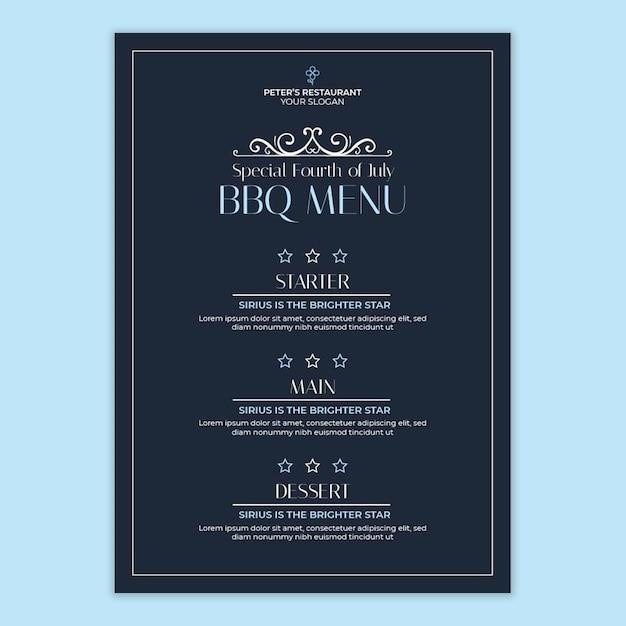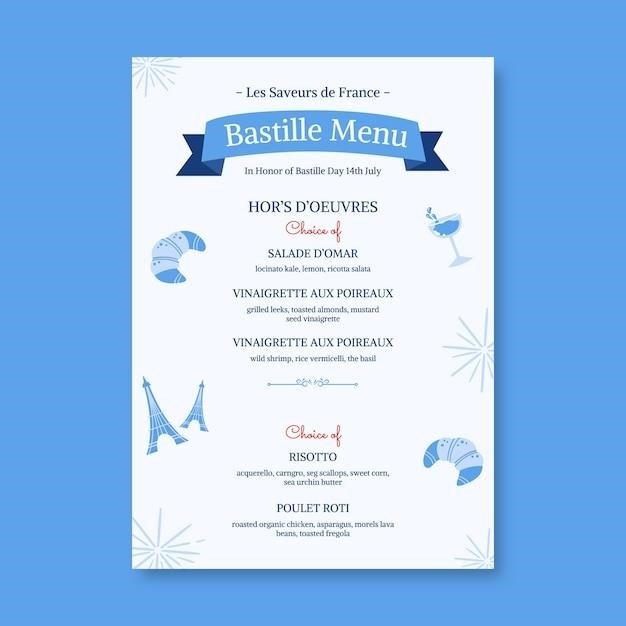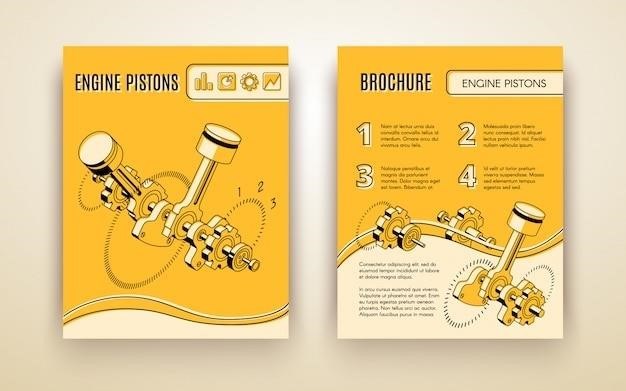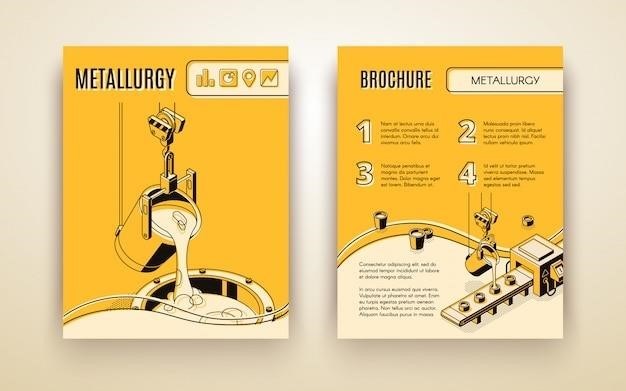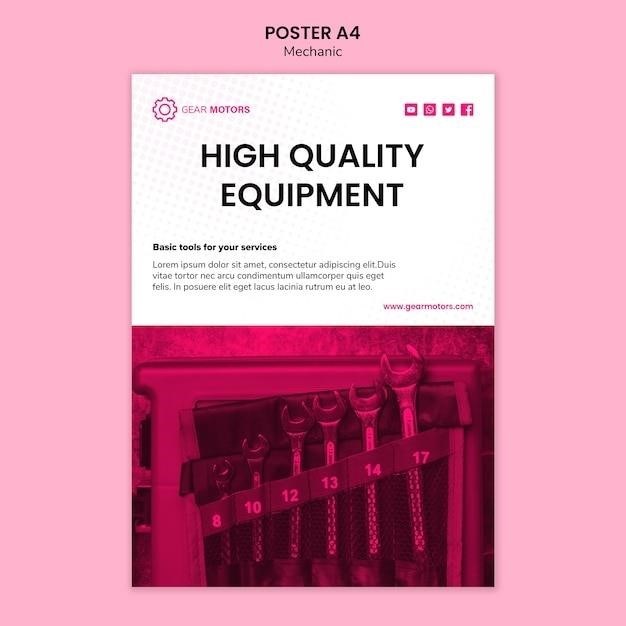Glencoe Health Book PDF: An Overview
Glencoe Health books, often available in PDF format, offer a comprehensive resource for health education․ These digital versions provide students with accessible learning materials covering various health topics․
Availability of Glencoe Health Student Edition PDF
Finding the Glencoe Health Student Edition in PDF format often involves exploring online resources․ Many educational websites and platforms may offer downloadable PDFs or online access to the textbook․ Keep in mind that some resources might require a free account registration for access․ The availability of these PDFs can vary depending on copyright restrictions and licensing agreements․ McGraw-Hill’s official website is usually a reliable source, although third-party sites sometimes host them as well․ Always ensure the resources are legitimate and safe to download from to protect yourself from malware or copyright infringement issues․
Glencoe Health Textbook Series: A Comprehensive Approach
The Glencoe Health textbook series adopts a comprehensive approach to health education, addressing a wide array of topics relevant to student well-being․ It extensively covers subjects like mental health, nutrition, disease prevention, and responsible decision-making․ The series aims to provide students with the knowledge and skills necessary to make informed choices and lead healthy lives․ This approach ensures that students are exposed to various aspects of health, promoting a holistic understanding․ Glencoe/McGraw-Hill is the most popular and highly recognized textbook seller and online resource center for all students and teachers․

Features and Content of Glencoe Health Books
Glencoe Health books are known for their comprehensive coverage of health topics, engaging visuals, and up-to-date information․ They emphasize skill development, critical thinking, and alignment with national health education standards․
Alignment with National Health Education Standards
Glencoe Health textbooks are meticulously aligned with the National Health Education Standards (NHES)․ This alignment ensures that the content covers essential knowledge and skills necessary for health literacy․ The NHES provide a framework for what students should know and be able to do regarding their health by the time they graduate․ By adhering to these standards, Glencoe Health helps educators deliver a curriculum that meets national benchmarks․ This focus ensures that students receive a consistent and comprehensive health education, preparing them to make informed decisions and lead healthy lives․ This alignment supports educators in meeting curriculum requirements․
Focus on Skills Development and Critical Thinking
Glencoe Health resources emphasize skills development and critical thinking, which are crucial for students to navigate health-related information effectively․ The curriculum is designed not only to impart knowledge but also to enable students to apply that knowledge in real-life situations․ Activities and assignments encourage students to analyze health issues, evaluate sources, and make informed decisions․ By promoting critical thinking, Glencoe Health prepares students to become health-literate individuals who can assess risks, advocate for their health, and contribute positively to their communities․ This approach fosters responsible decision-making and empowers students to prioritize their well-being․

Accessing Glencoe Health Resources Online
Accessing Glencoe Health resources online provides students and educators with interactive tools, digital textbooks, chapter activities, and multimedia content to enhance the learning experience․
Glencoe McGraw-Hill Online Resource Center
The Glencoe McGraw-Hill Online Resource Center serves as a central hub for students and teachers accessing Glencoe Health materials․ This platform offers a wealth of resources, including digital textbooks, interactive chapter activities, and multimedia features designed to enhance the learning experience․ Users can find study guides, podcasts, and online student editions․ The resource center provides tools to effectively teach and motivate students․
It covers a wide range of health subjects and concepts․ The online center provides access to clinical practice guidelines for health services․ The platform is designed to align with National Health Education Standards․
Chapter Activities and Multimedia Features
Glencoe Health resources include a variety of chapter activities designed to reinforce learning and engage students․ These activities range from interactive study guides to student web activities, providing diverse learning experiences․ Multimedia features, such as podcasts and online student editions, offer alternative ways to explore the material․ These resources enhance understanding and retention․
The chapter activities and multimedia features align with the textbook content․ They are designed to promote a deeper understanding of health concepts․ These interactive elements can be accessed through the Glencoe McGraw-Hill Online Resource Center, providing a convenient and comprehensive learning environment․

Editions and Formats of Glencoe Health
Glencoe Health is available in multiple editions and formats to cater to diverse learning needs․ These include student editions in print and digital formats, as well as teacher annotated editions․
Glencoe Health Student Edition (Print and Digital)
The Glencoe Health Student Edition is accessible in both print and digital formats, offering flexibility for various learning preferences․ The print edition provides a traditional textbook experience, while the digital version offers interactive features and online accessibility․
The digital Student Edition often includes multimedia resources, such as videos and interactive quizzes, enhancing student engagement and comprehension․ Students can access the digital edition through online platforms, providing convenient access to the textbook content on computers, tablets, and smartphones․ This accessibility ensures that students can study anytime, anywhere, promoting a more dynamic and personalized learning experience․ Both formats aim to deliver comprehensive health education aligned with national standards․
Teacher Annotated Edition
The Teacher Annotated Edition of Glencoe Health serves as an invaluable resource for educators, providing comprehensive support for lesson planning and instruction․ This edition includes the complete student textbook with added annotations, teaching strategies, and answer keys directly within the text․
These annotations help teachers effectively guide students through the material, offering insights into key concepts and potential areas of difficulty․ The Teacher Annotated Edition also provides additional resources, such as assessment tools, differentiation strategies, and lesson extensions, enabling teachers to tailor instruction to meet the diverse needs of their students․ By offering a wealth of pedagogical support, this edition empowers teachers to deliver engaging and impactful health lessons․

Specific Glencoe Health Editions and ISBNs
Glencoe Health has multiple editions, each with unique ISBNs for easy identification․ These ISBNs are essential for locating specific versions, whether for student use or for teacher resources․
Glencoe Health, Student Edition ISBN Information
The Glencoe Health Student Edition is a core resource, and its ISBN is crucial for ensuring you have the correct version․ Different editions of the Glencoe Health Student Edition will have unique ISBNs․ For example, ISBN 978-0-07-888168-8 and MHID 0-07-888168-4 both identify a specific student edition․ These numbers are useful when purchasing the book or searching for digital copies․
Always verify the ISBN to align with your course requirements․ Whether you need the print or digital format, the ISBN will help you find the exact Glencoe Health Student Edition required for your educational purposes․
2022 Glencoe Health Editions and Subscriptions
The 2022 Glencoe Health editions include various formats and subscription options to cater to diverse learning needs․ These include print and digital bundles, with subscription lengths varying to suit different academic timelines․ For instance, the Glencoe Health, Human Sexuality, Dual Course Print & Digital Student Bundle, 7-year subscription (ISBN 9781265526191) and the Print & Digital Student Bundle, 10-year subscription (ISBN 9781265616809) are available․
These subscriptions provide access to online resources, multimedia features, and chapter activities, enhancing the learning experience․ Pricing varies based on the bundle type and duration, ensuring institutions can select the most appropriate option for their students’ health education․
Downloading Glencoe Health PDF Resources
Downloading Glencoe Health PDF resources may involve accessing free downloads for educational use or creating an account on platforms like Glencoe/McGraw-Hill to gain access to materials․
Free PDF Downloads for Educational Purposes
Finding free PDF downloads of Glencoe Health resources can be beneficial for educational purposes, enabling students and educators to access materials without cost․ Several platforms may offer these resources, though availability can vary․ Users should ensure that downloads are obtained from legitimate sources to respect copyright and licensing agreements․ These free PDFs can include student editions, chapter activities, and study guides․ Always verify the edition and content to ensure it aligns with the intended curriculum․ Exploring online libraries and educational websites might uncover these valuable resources, facilitating comprehensive health education․ Remember to check for updates and errata․
Creating an Account for Access
To access Glencoe Health PDF resources, creating an account on the publisher’s or associated educational platforms is often necessary․ This process typically involves providing personal information such as name, email address, and educational institution affiliation․ Account creation might grant access to a wider range of materials, including student editions, teacher resources, and supplementary content․ Some platforms may offer trial accounts for initial access, allowing users to explore the available resources before committing to a subscription or purchase․ Ensure that you review the terms of service and privacy policies before registering․ Account verification via email is usually required to activate the account and unlock full access․
Using Glencoe Health for Educational Purposes
Glencoe Health resources, including PDF versions, are widely used in educational settings․ They offer comprehensive content for teaching health-related topics and promoting student understanding and well-being․
High School Health Education
Glencoe Health is a popular choice for high school health education, offering age-appropriate content aligned with National Health Education Standards․ It focuses on developing critical knowledge and skills to help students become health-literate individuals․ The program addresses various health subjects, concepts, and issues relevant to teenagers․
The resources aim to empower students to make informed decisions about their health․ Glencoe Health equips them with the ability to stand up to peer pressure, avoid risky behaviors, and cultivate a healthy lifestyle․
Glencoe/McGraw-Hill is a recognized source for students and teachers․ The textbook covers various health subjects concepts․
Curriculum Alignment and Objectives
Glencoe Health is designed to align with national and state health education standards, ensuring that the curriculum covers essential topics․ The curriculum emphasizes skills-based learning to promote critical thinking and decision-making abilities․ It helps students apply knowledge to real-life situations, fostering responsible behaviors․
Objectives typically include understanding health risks, promoting wellness, and building health literacy․ The curriculum helps students become health-literate consumers, capable of managing their health effectively․
Glencoe Health provides high-school students with age-appropriate content that aligns with the National Health Education Standards to help them become health-literate individuals․ This research-based program focuses on development․

